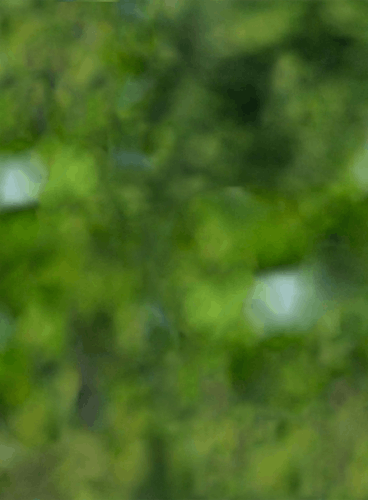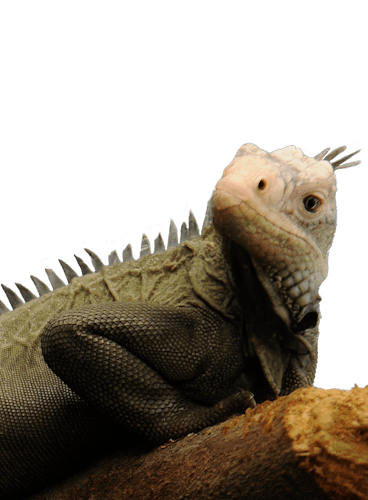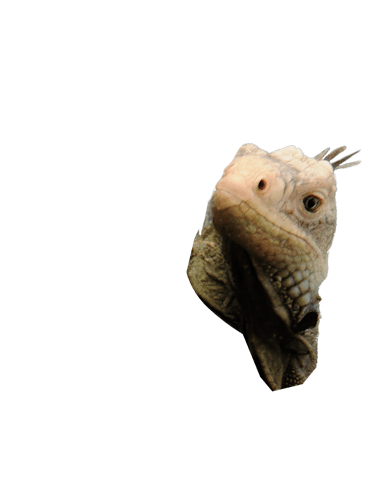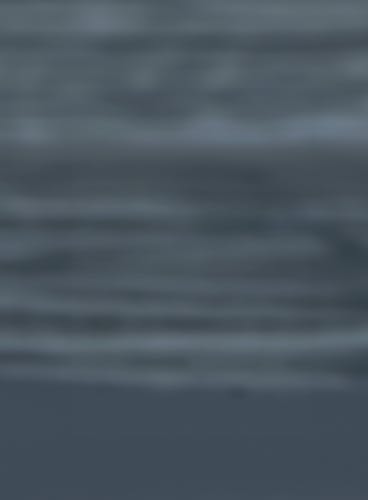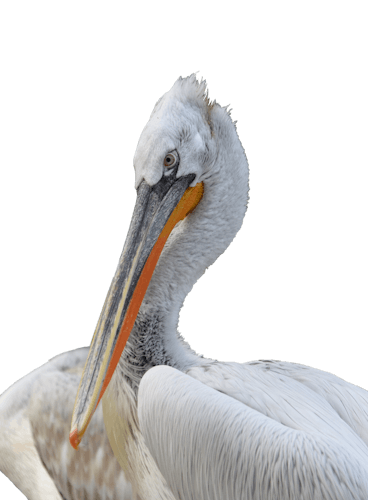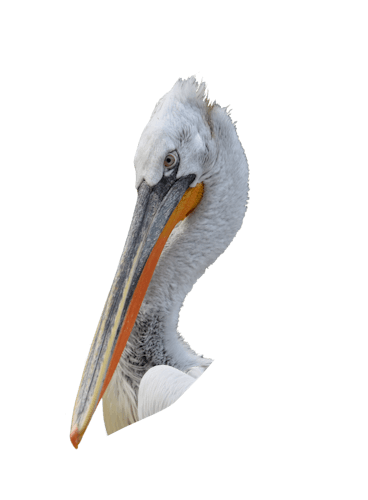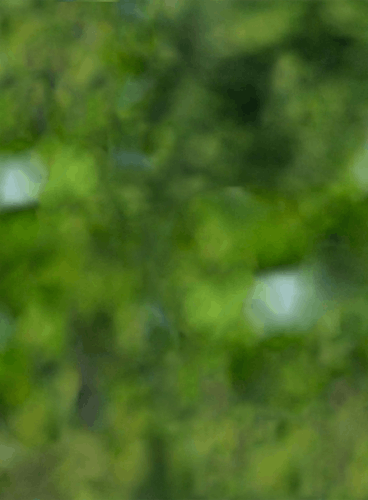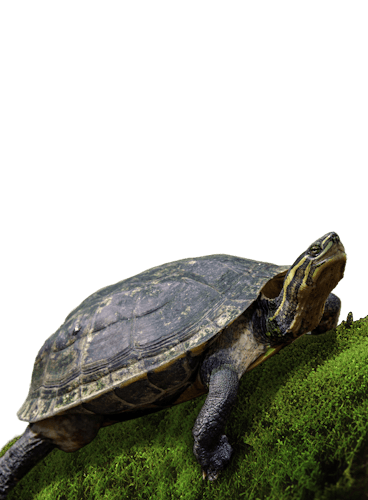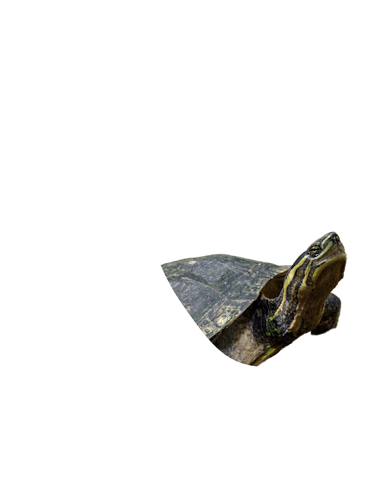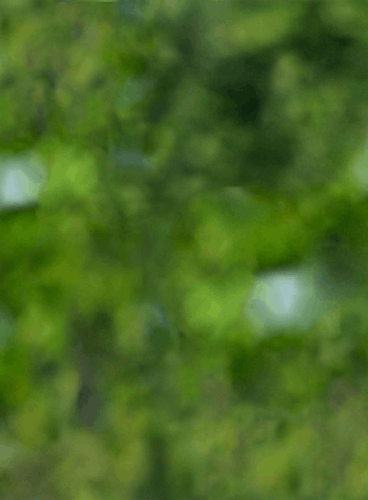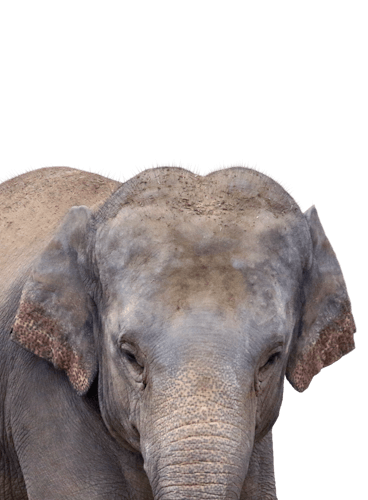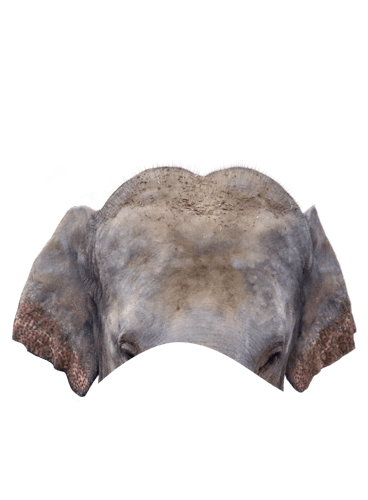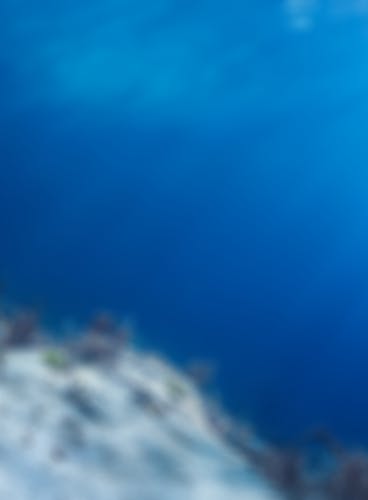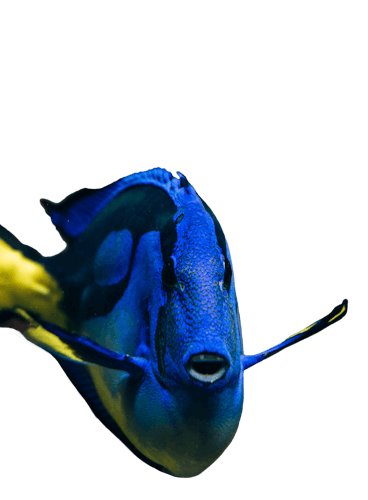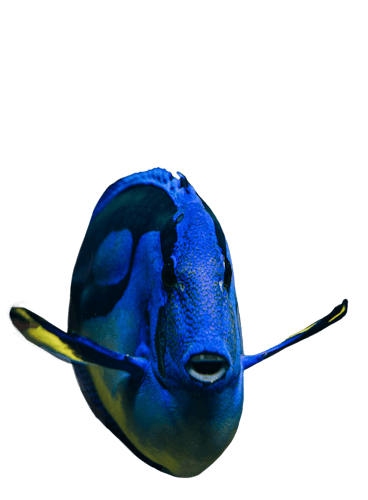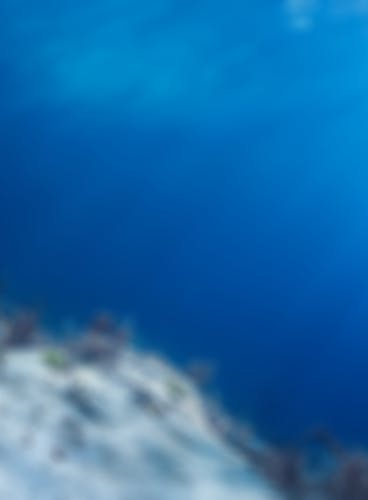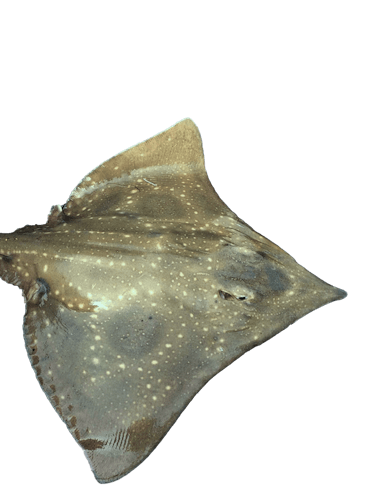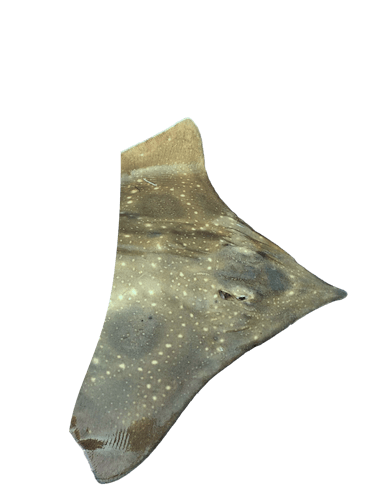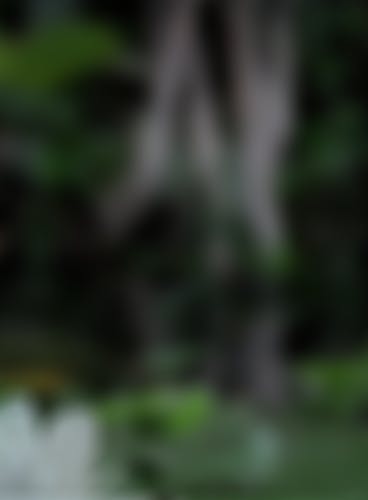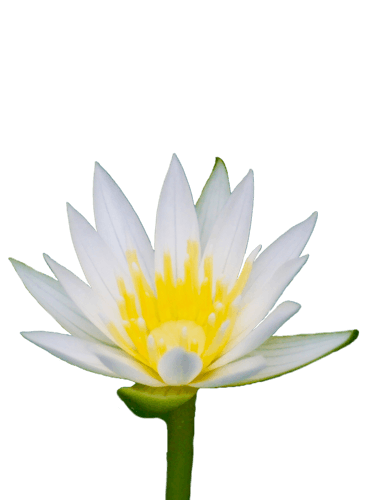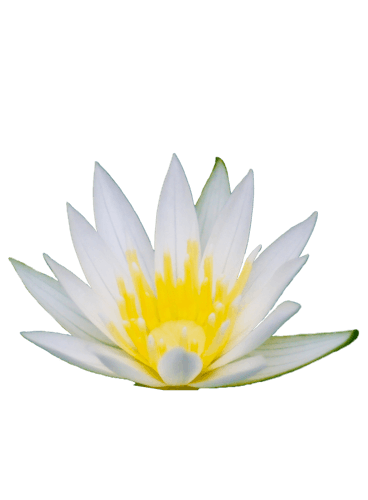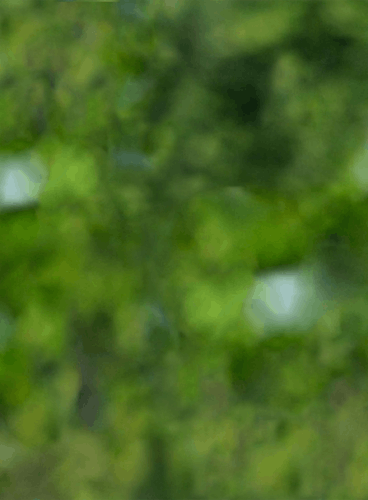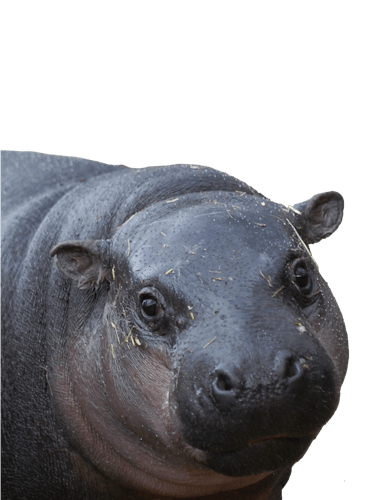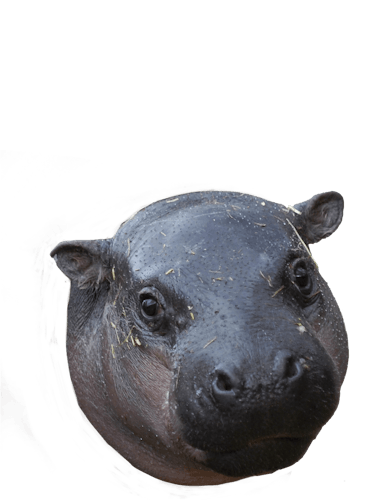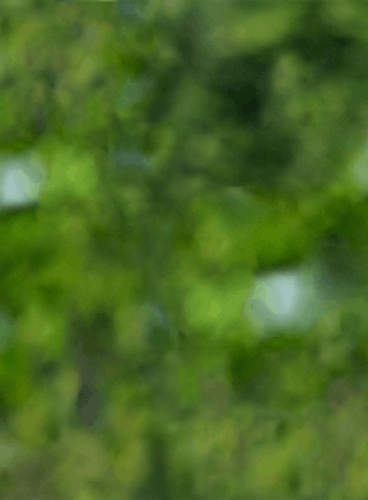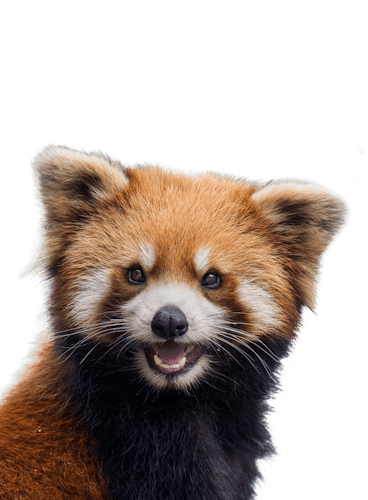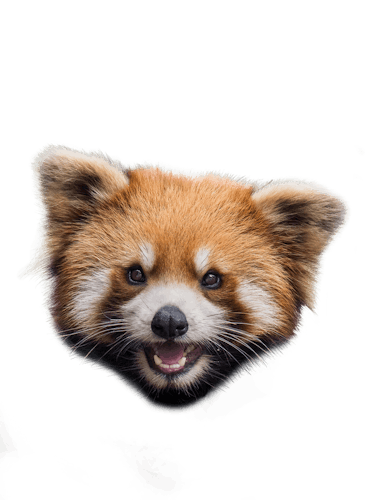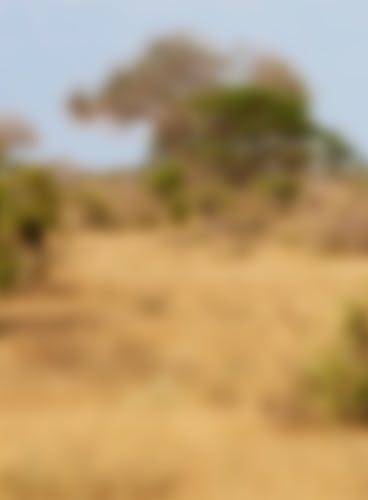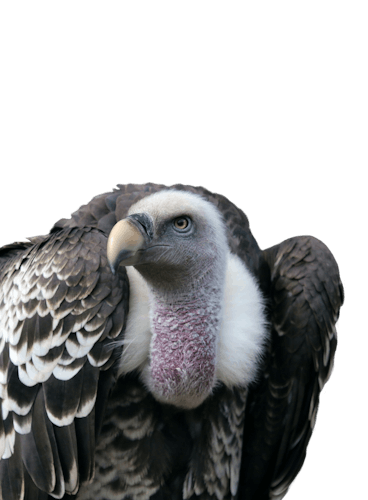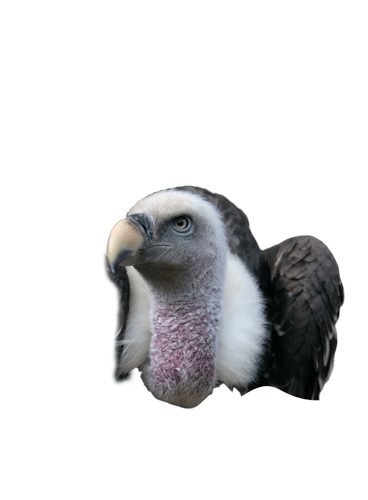
In Diergaarde Blijdorp, you hop from one area to another. Start your day in the underwater world of the Sustainable North Sea area and continue your global journey by visiting our Asian elephants in Asian Corridors or the red pandas in the impact area of Himalayan Peaks. Experience Blijdorp and marvel at nature from around the world.

At Diergaarde Blijdorp, you experience the nature and animals of the world up close. As you walk through the underwater tunnel of the Oceanium, sharks and sea turtles swim above your head. Africa comes to life on the savannahs with giraffes, zebras, and other animals, and before you know it, you'll find yourself in the world's second-largest rainforest. You're face-to-face with nature. Everywhere.
This is what you experience in our impact areas. These are regions in the world where we, as Blijdorp, make a significant contribution to nature and species conservation. They are also areas within Blijdorp where we aim to inspire our visitors.
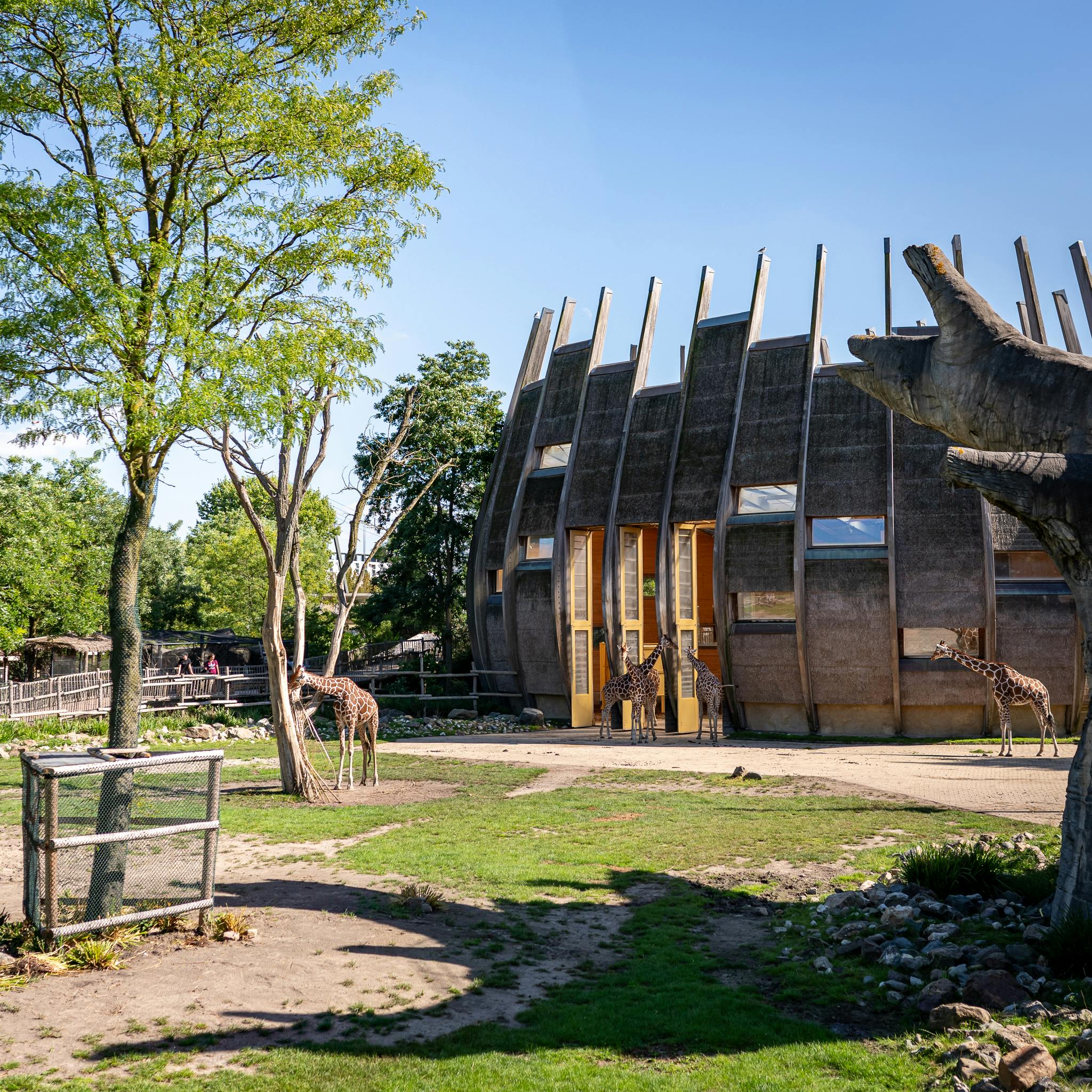
In the park, you experience the unique African landscape through the eyes of a vulture. On the fly-over, you come face-to-face with giraffes, zebras, rhinos, and vultures, experiencing the savannah as if in flight. From the Baobab tree, you have a spectacular view. In East Africa, poaching remains one of the main threats to wildlife. This story is emphatically presented in Blijdorp, particularly concerning the Rüppell's vulture and the black rhinoceros. After all, the role of the vulture and the rhinoceros is indispensable in the entire chain of African nature.

The region of West and Central Africa is home to the largest rainforest in the world after the Amazon. However, this region is also characterized by political instability, mining, and a rapidly growing population. Moreover, the area is plagued by the consequences of our human consumption hunger, leading to extensive deforestation. As a result, an unprecedented amount of biodiversity is being lost at a rapid pace.
In Blijdorp, you'll encounter leading animal species suffering from these events in this part of Africa. For example, in this area, you come face-to-face with the pygmy hippopotamus, okapis, and bongos.
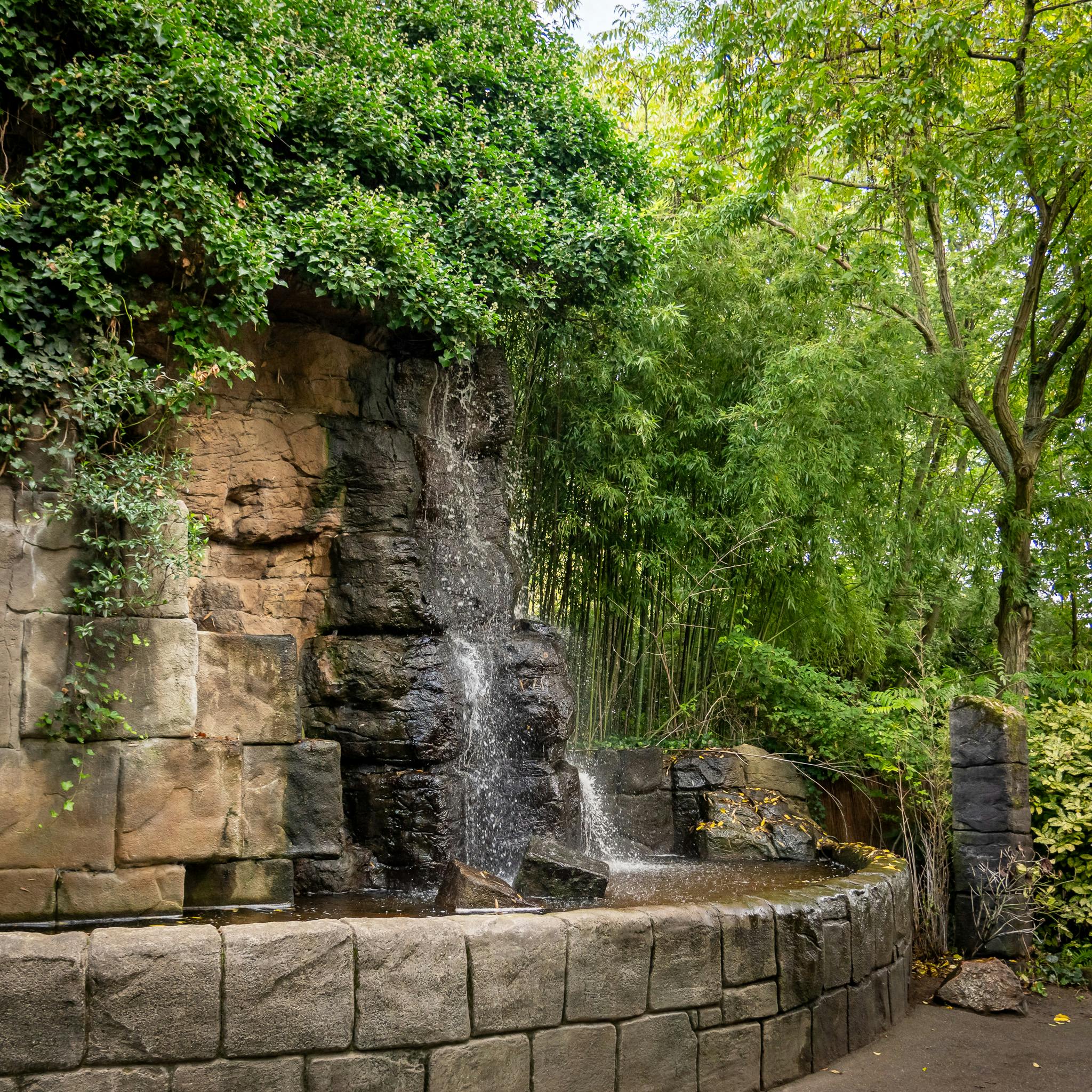
Within the Asian Corridors area in Blijdorp, you'll be introduced to Asian elephants, Sumatran tigers, and Asian lions. In the wild, they share one common challenge: human-animal conflicts result in fragmented habitats, leading to declining populations. Blijdorp educates you on the current situation and how we can contribute to a solution.
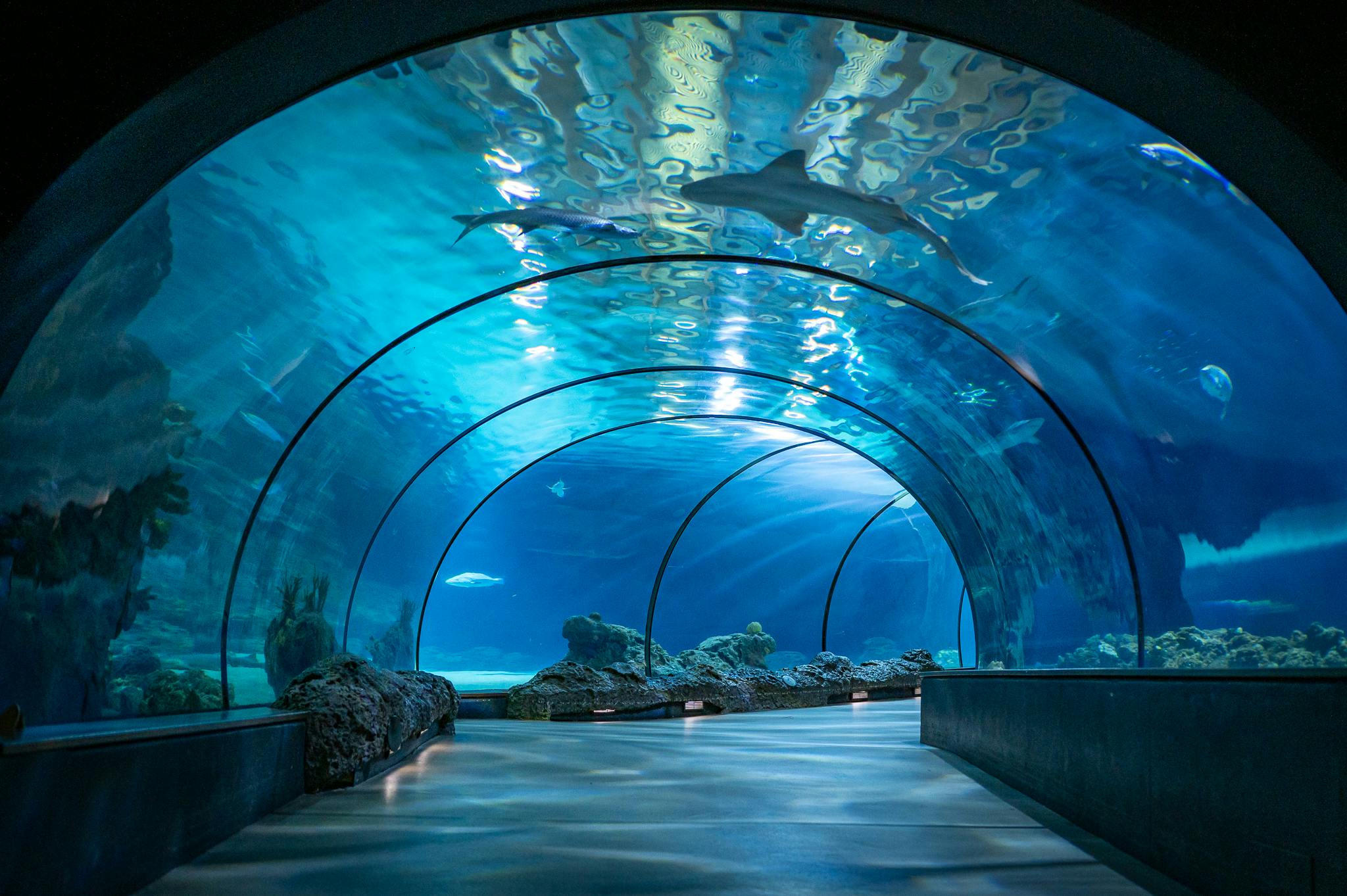
In the Oceanium, you start and end your journey in the North Sea. The shark tunnel crosses through the largest aquarium for fish species from the North Sea.
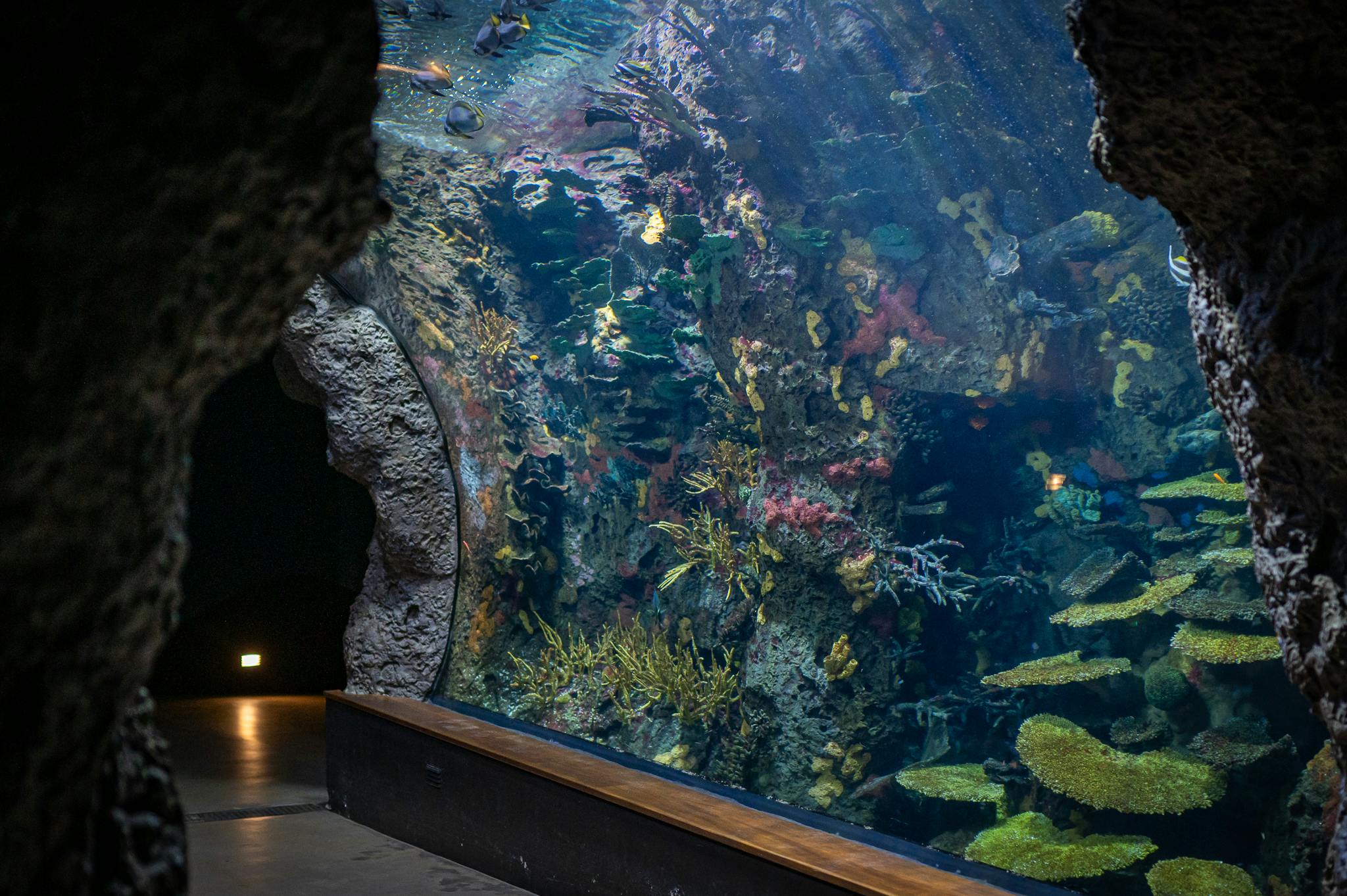
From a lower-level coral reef, you gradually walk past various aquariums with living coral towards the Caribbean coast. Upon reaching the shore, the cow-nosed rays greet you with a smile. Once you arrive at the Caribbean Café, you experience the tropical atmosphere.
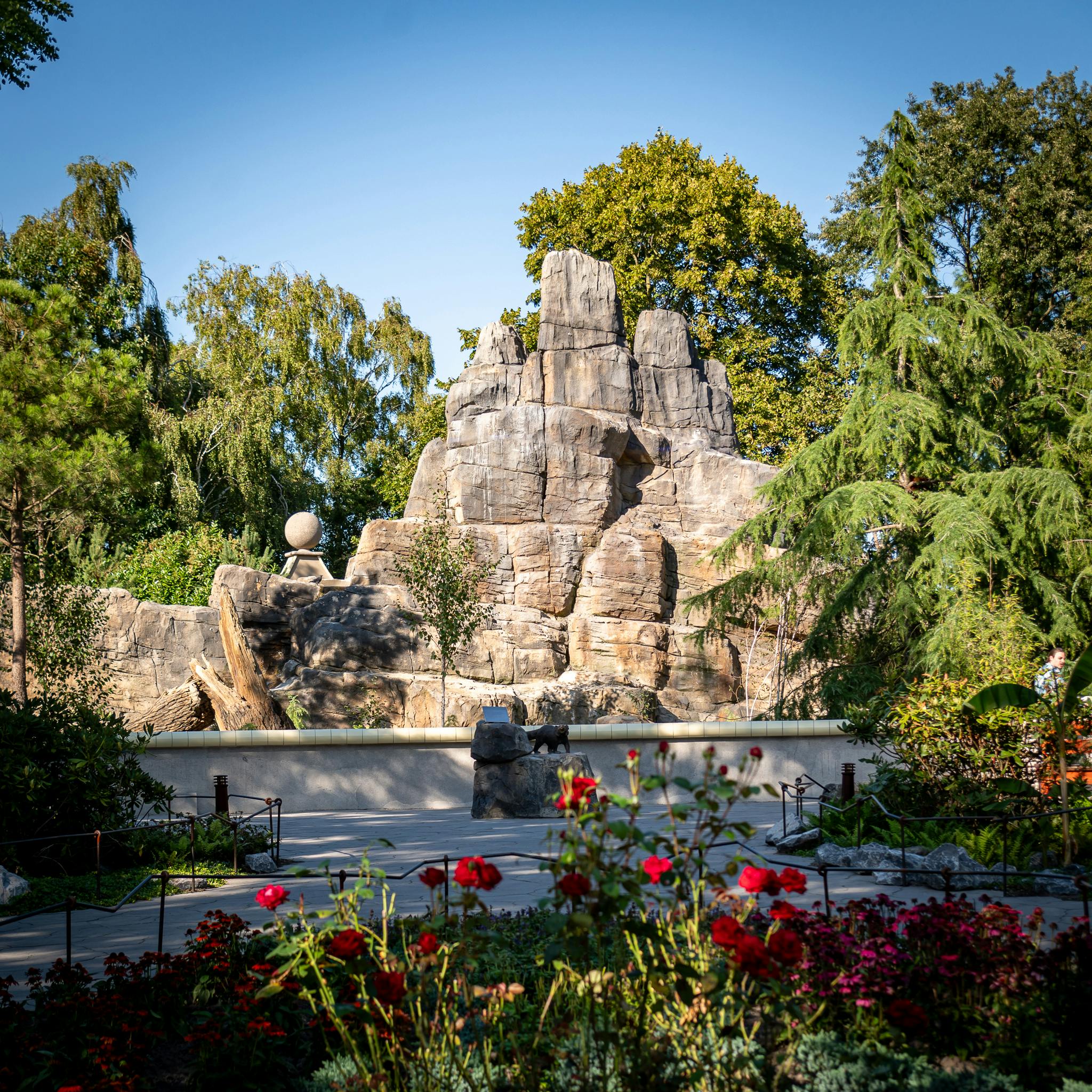
You begin your journey at the foot of the Himalayas, where you admire the Indian rhinoceros. Gradually, you walk towards the peaks of the Himalayas, where, on the monumental Mountain Animals Rock, you find the red pandas and tufted deer. In the Forest Guardian hut, you imagine yourself in Nepal and experience how, together with the Red Panda Network, we try to preserve the red panda for future generations.
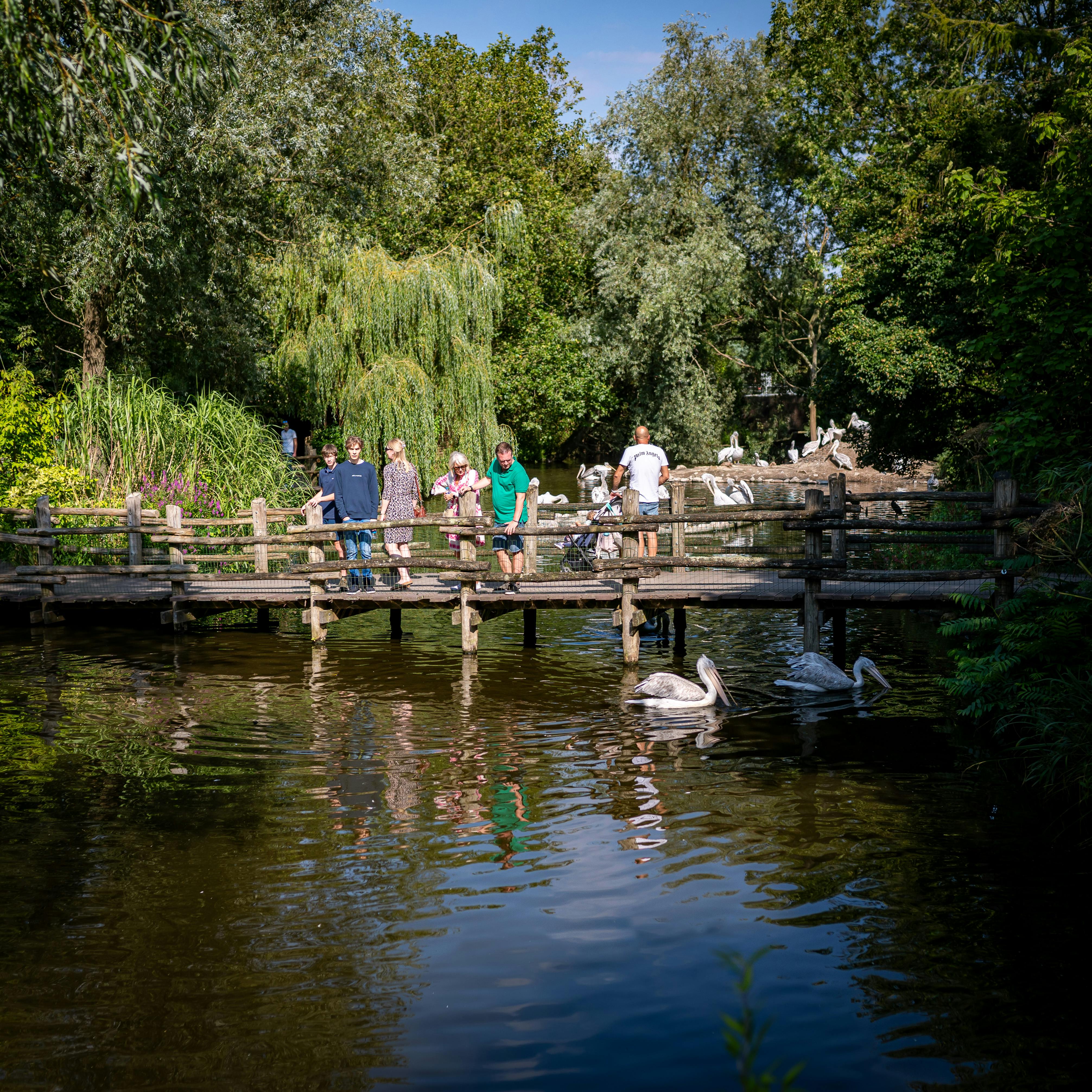
The relatively tranquil part of the Zoo, filled with mature greenery, is the ideal spot for eating a sandwich or taking a moment to relax. At the same time, it's a place to raise awareness in a fun, interactive way about the presence of animals, plants, and ecosystems in our own country and city.
For instance, did you know that the Dalmatian pelican lived in the Netherlands until the fifteenth century? We are researching whether there are suitable habitats in the Netherlands for reintroducing the Dalmatian pelican. Recently, we took on the role of coordinator for the international population management program of this species.
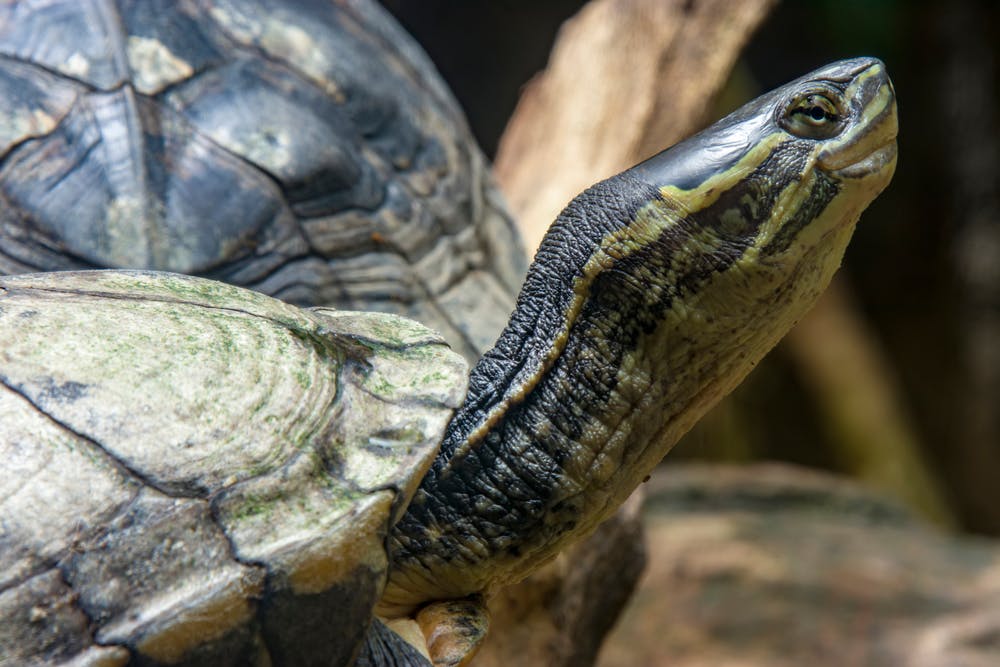
Did you know that there are animal species that have become extinct in the wild but continue to live in zoos? It may sound strange, but it's true. They are, in a sense, 'the forgotten animals.' Out of sight, but not out of our hearts. For these species, places like Blijdorp are their last lifeline. At this time, increasing their populations within zoos is the only thing we can and must do. Everything else will follow in due course.
As much as we would like to, Diergaarde Blijdorp cannot save the entire animal and plant kingdom. Therefore, in terms of species conservation, we initially focus on ten animal and plant species for which we will play a significant role: the TEN. It is our mission that by 2050, these ten animal and plant species are no longer marked as 'Endangered' on the IUCN Red List, and that we have made a significant contribution to this improvement.
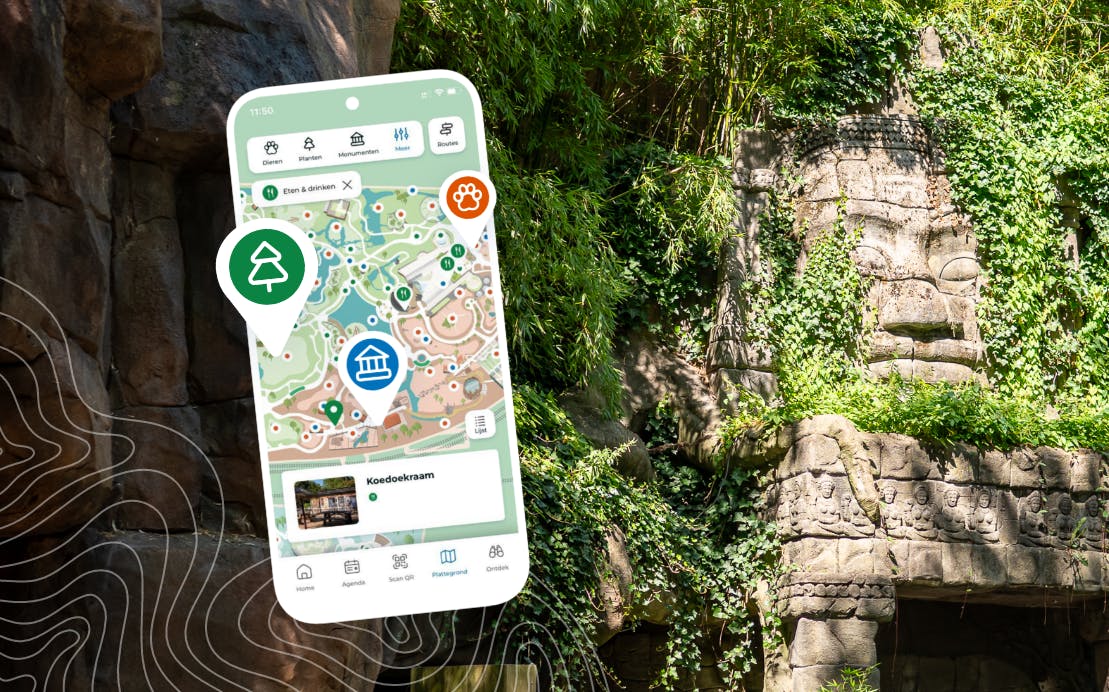
Download the free Blijdorp app before your visit to Diergaarde Blijdorp and see at a glance where you can find the impact species in the park. Additionally, through the app, you'll learn much more about all the plants and animals that live in Blijdorp
